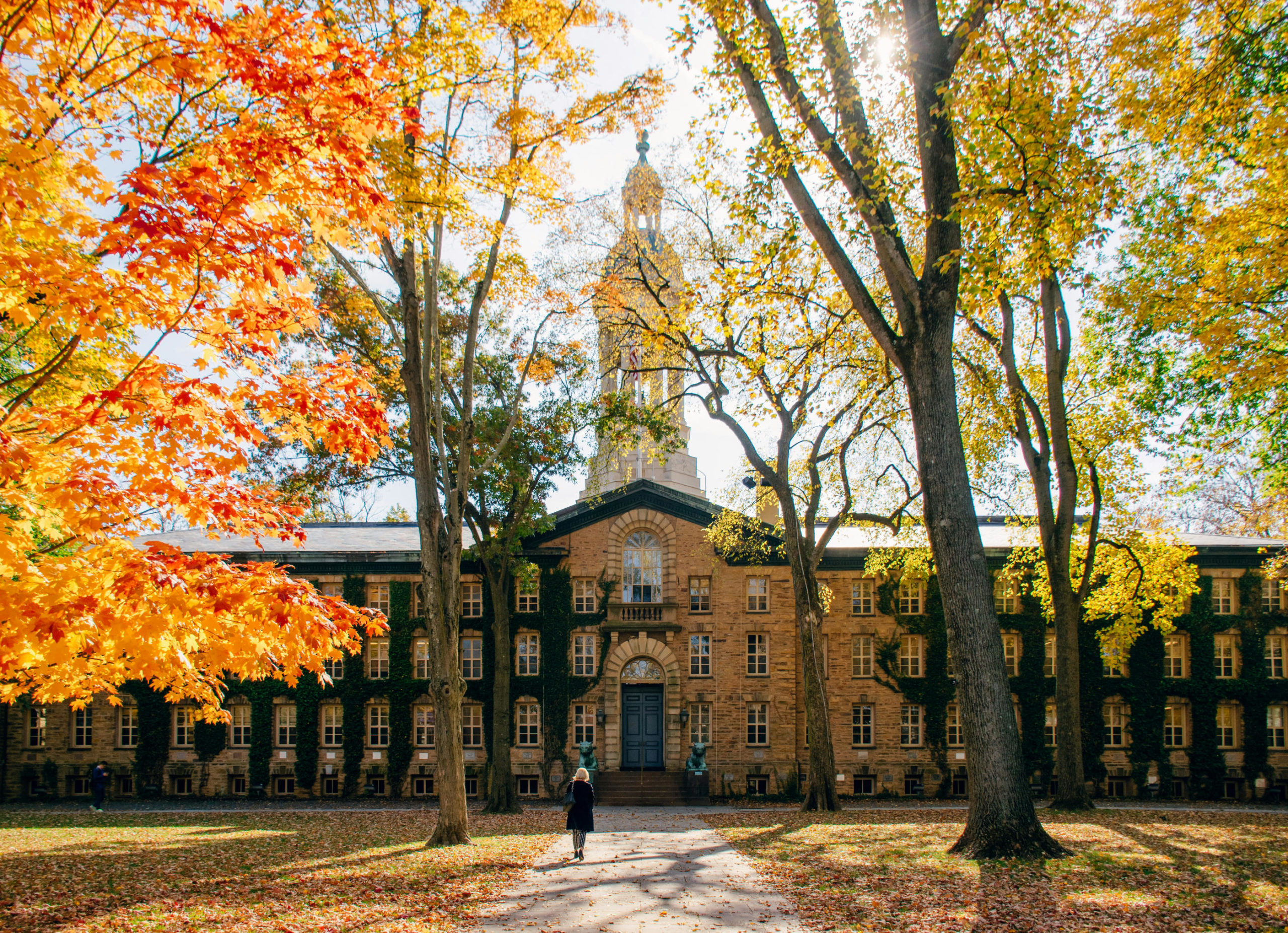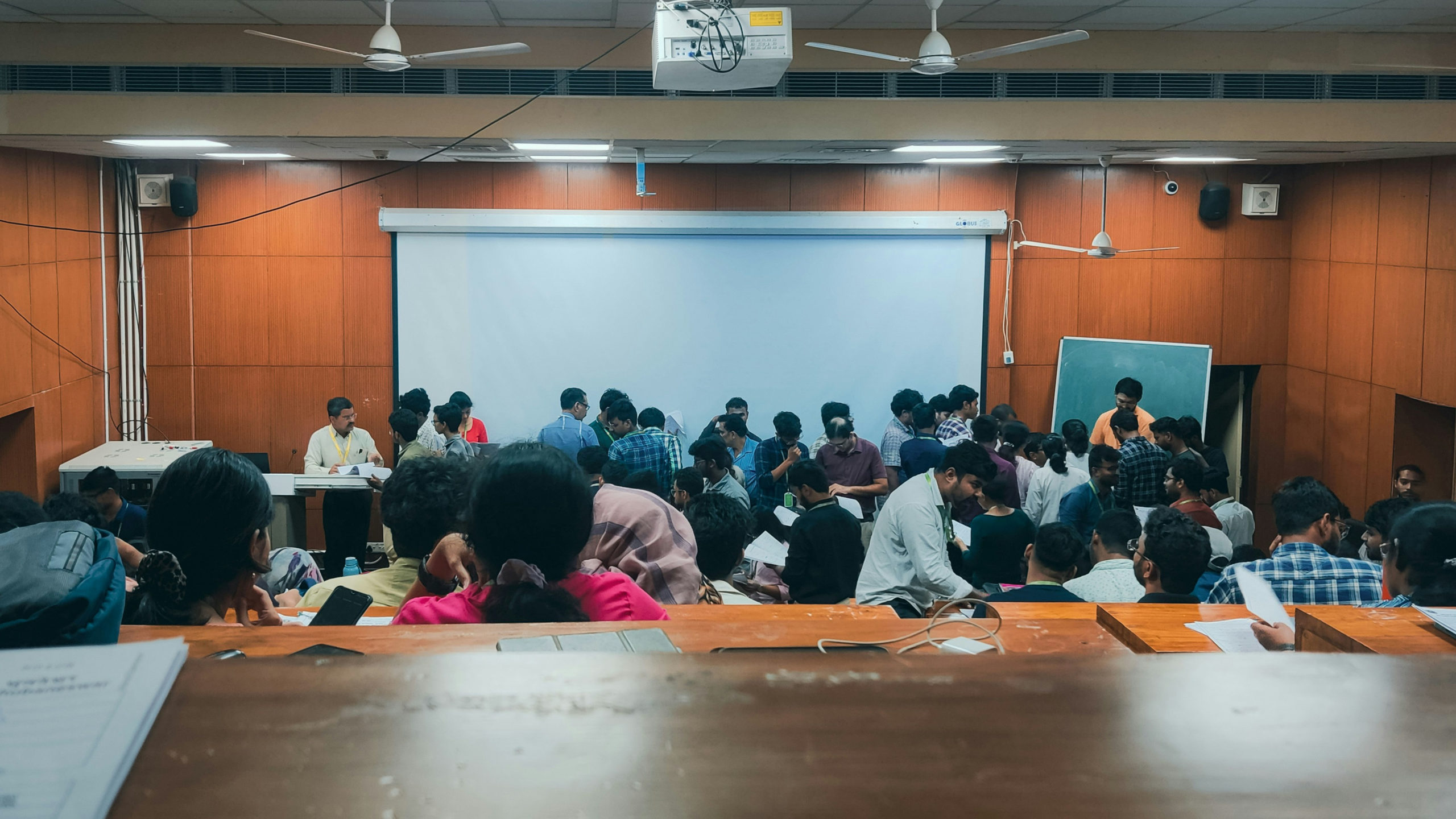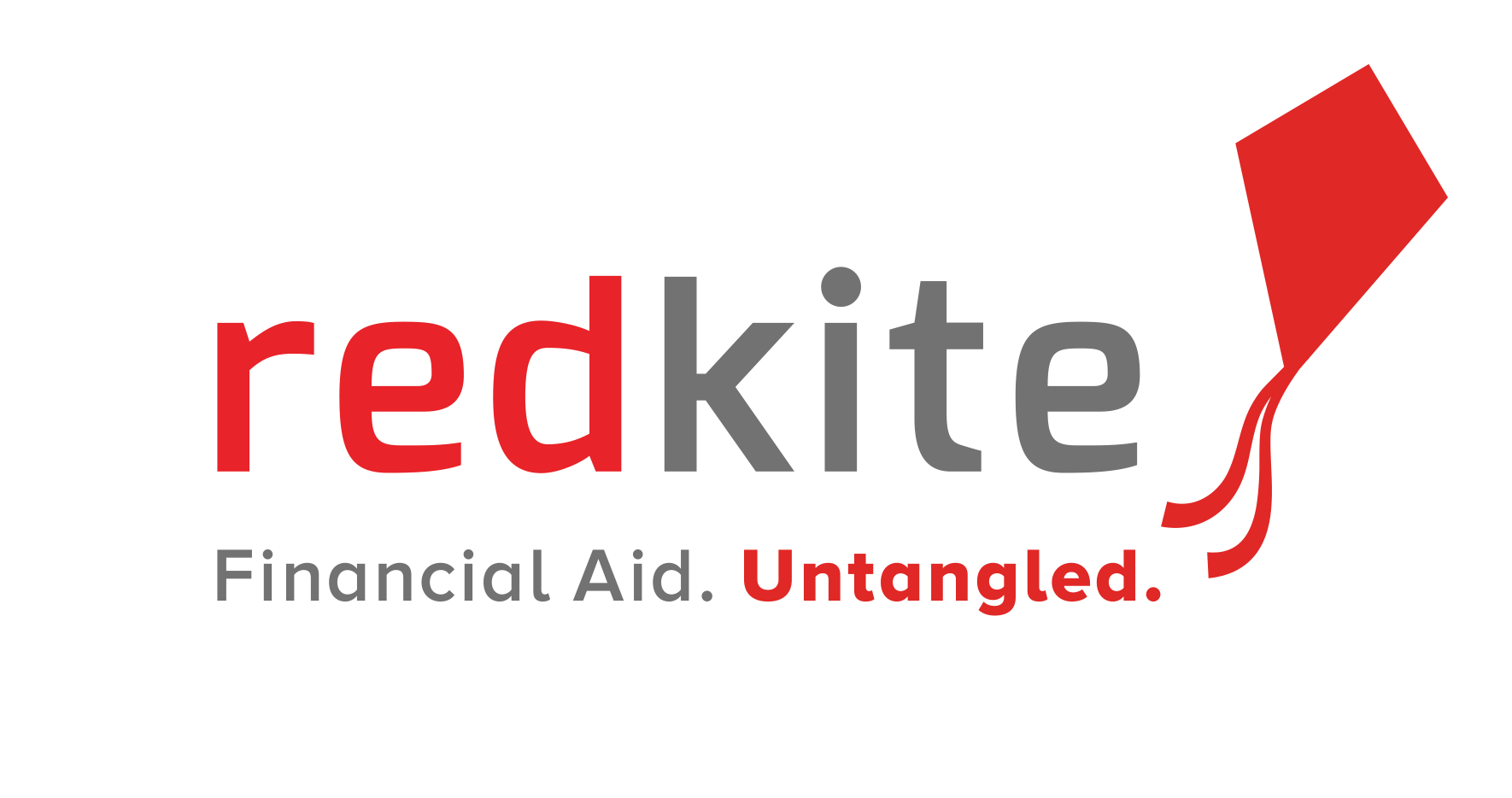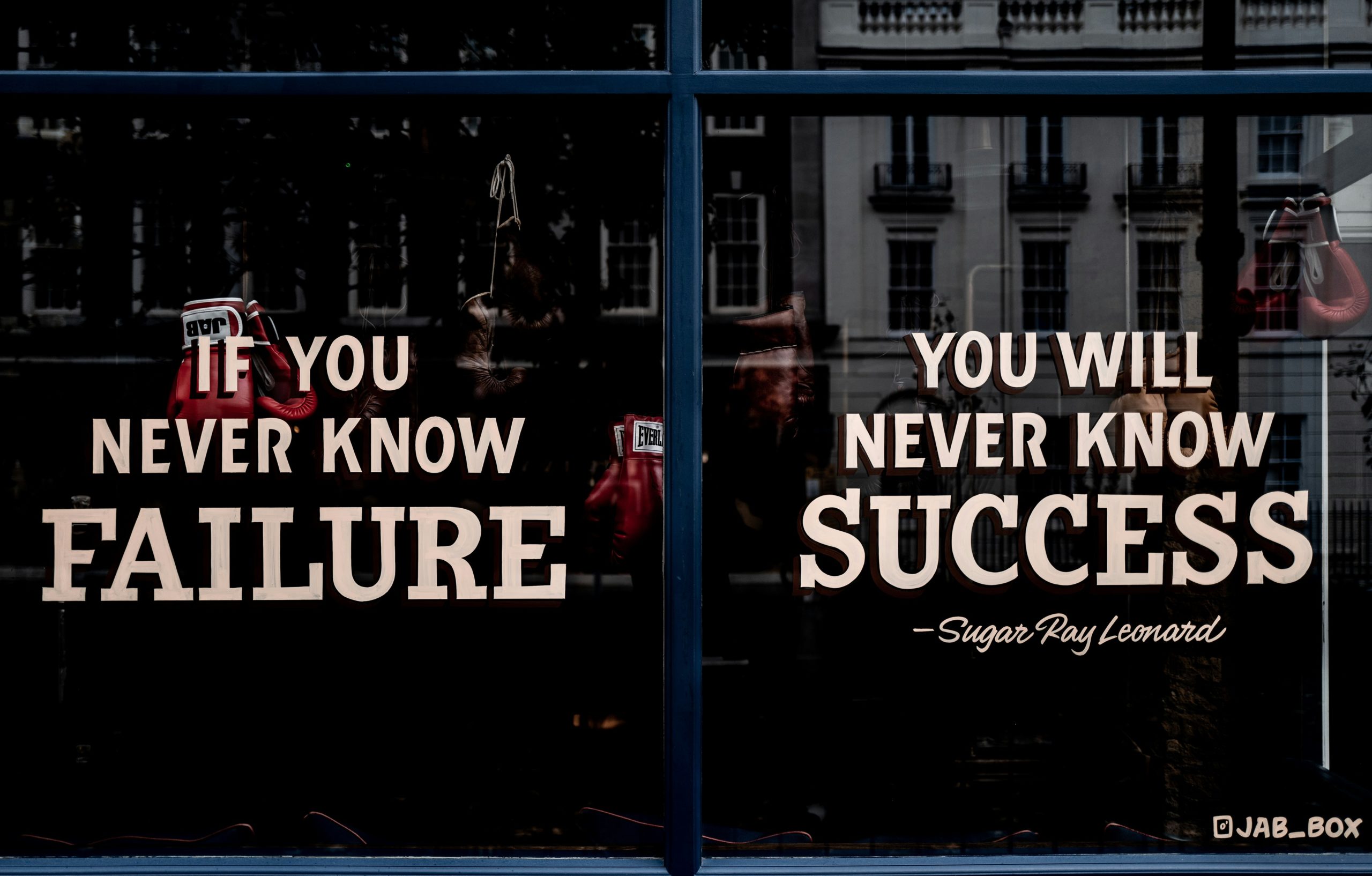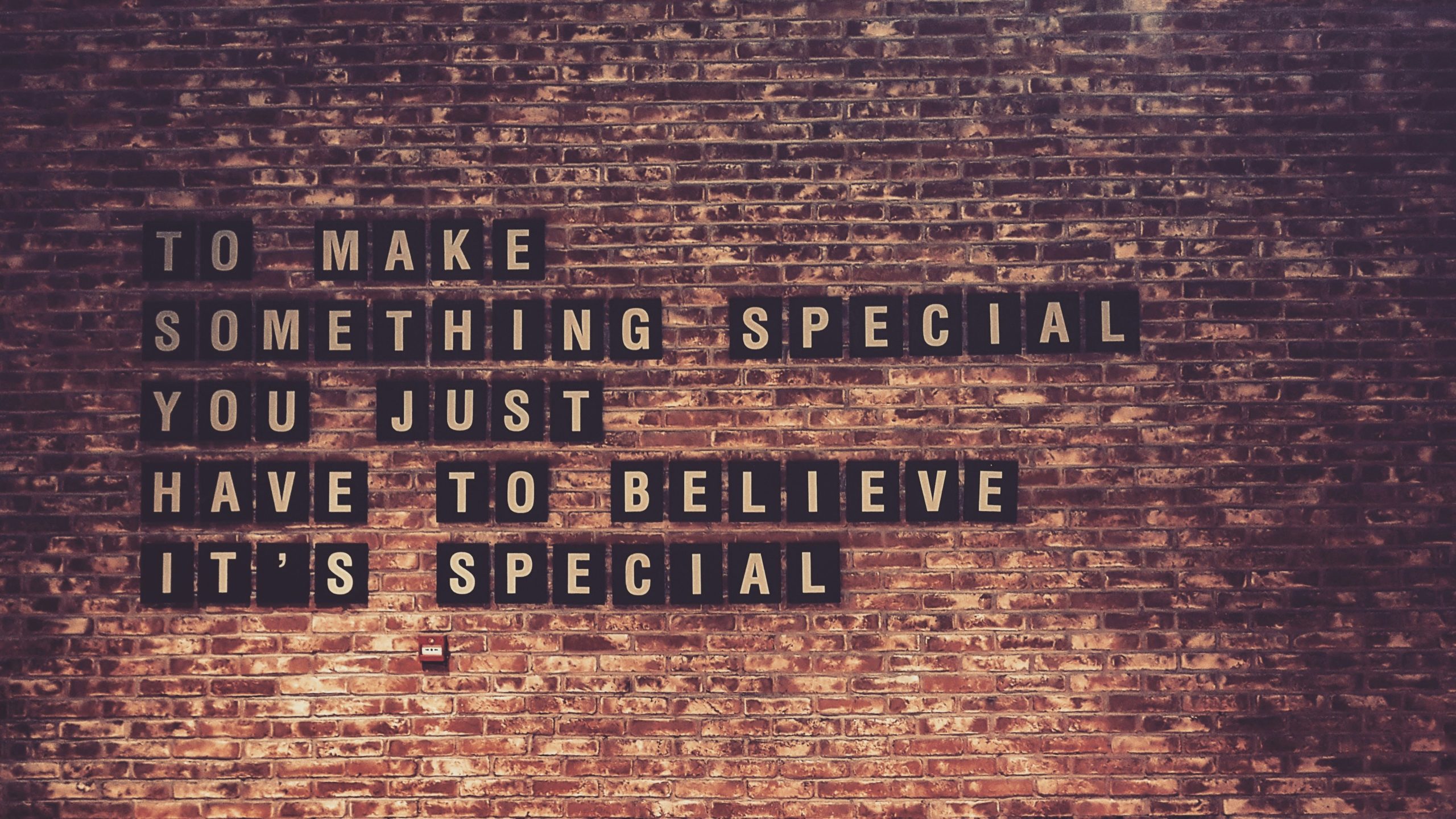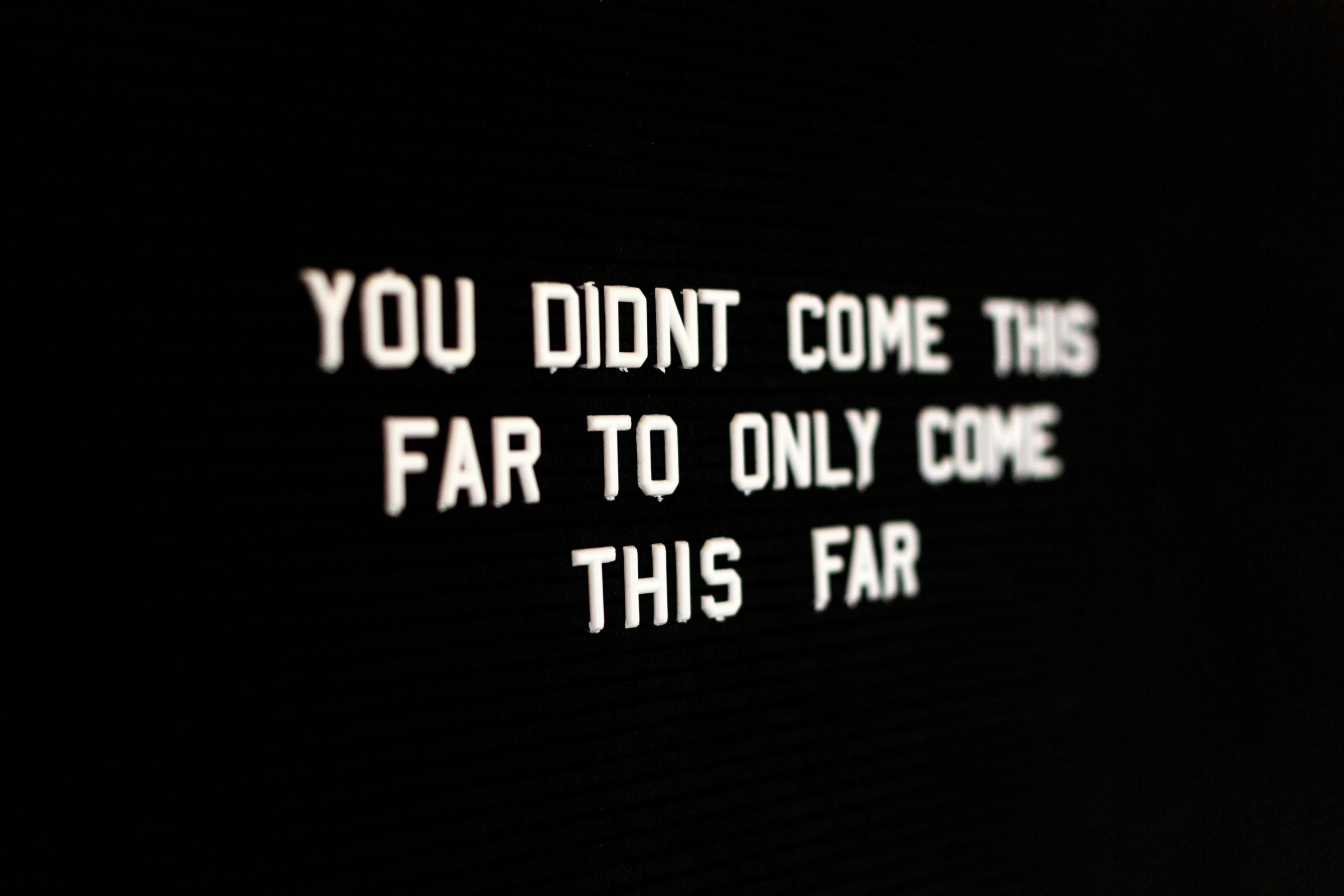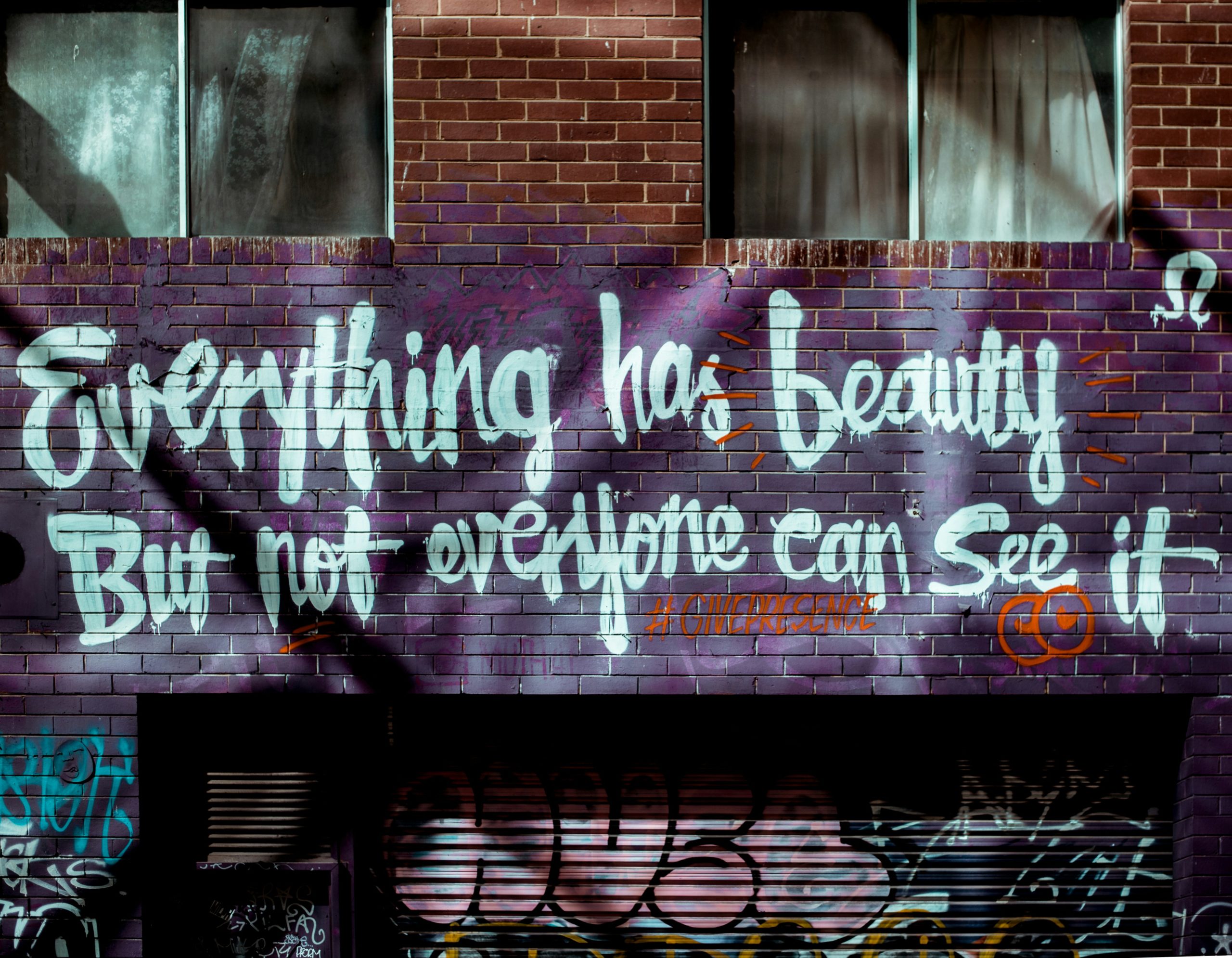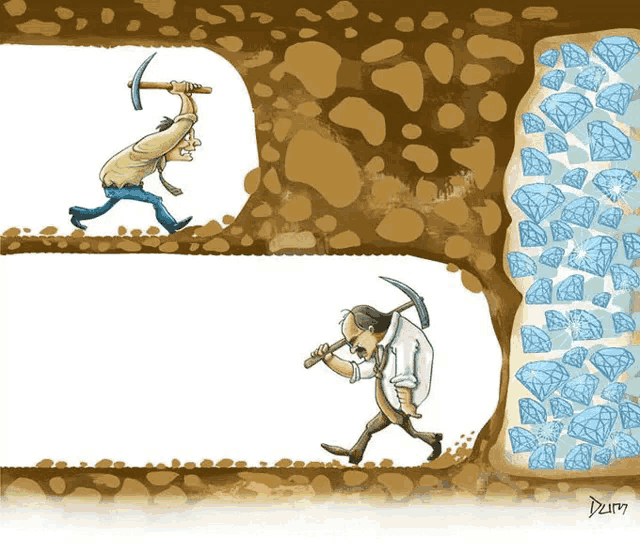Coming home from an 8 p.m. class to a 200-square-foot dorm isn’t always a slay, especially if you’re sharing it with one or two other people.
Some college students have carpeted dorms, or an in-room sink, or hallway bathrooms. Whatever your dorm situation is, ya girl is here to share the things I wish I’d known before moving on campus.
I lived in the dorms for all four years (minus the little panny1 during my sophomore year). My private university required all of its students to live on campus, and juniors could apply and hope to get into one of the campus apartments for their senior year.
So, I know more than most students about how difficult dorming can be, although campus housing can also offer plenty of benefits. The short commute to class, neighbor friends, and campus security are all super helpful to fresh-out-of-high school kids who might be living on their own for the first time.
Let’s get into it!
1. Don’t pack too much.
I drove from Texas to California with everything I owned stuffed into a rental van. I had no idea what to expect, so I packed for every possibility. (I’m also a person with diagnosed anxiety, so I tend to overprepare rather than risk underpreparing.)
Imagine my surprise when I rolled up and saw – really saw – just how small my dorm room was. I ended up having to ship back two boxes of my things.
Remember that you can also buy what you need when you arrive to campus. Most out-of-state kids don’t have to worry about this problem, because they can only take one or two suitcases on the plane.
But for local kids and kids who drive from home, be sure to watch just how much you’re packing. “I need this sequin shirt in case there’s an 80s-themed party!” …no, bestie, you don’t. Besides, you’ll be home for winter break soon enough, so it’s better to air on the side of caution, see what you need, then grab it later.
A few of the things I ended up ditching were: my electric pencil sharpener, my scrapbooks, and my candles. You’re sharing your space with another person, and you don’t want to overcrowd them or yourself.
Plus, candles in a dorm are a fire hazard, which is why they’re usually against the rules… but you don’t need ten of them, anyway.
2. Invest in some earplugs.
I’ve had lifelong sleep issues, but even if you can sleep like a tank, you need earplugs. Nobody’s meant to sleep through a dance party above them, or a neighbor who plays the French horn, or a roommate who needs to listen to bubble ASMR in order to fall asleep.
Pretty universally, dorm walls are super thin. There are probably 100+ other people living in the same building, each with their own schedules and noisy habits. And trust, you’re gonna need that midday nap.
After a couple weeks in the dorm, I noticed that even during quiet hours, students coming and going in the middle of the night would wake me up. I could hear the front door slamming from the second floor.
So, I invested in some shotgun-grade earplugs, but even that wasn’t enough. It was also super annoying trying to study and being able to hear your neighbors’ every spoken word, and I didn’t feel like hiking to the library every time.
At the time, I had Beats headphones, which were super uncomfortable to sleep in, but I managed. These days, I default to my Airpods Pro or Airpods Max. Both have noise-cancelling capabilities, and while pricy, they definitely helped me out during my senior year. There are also plenty of cheaper alternatives that offer noise-cancelling, like the Beats Studio Buds for $79.99 (yes, that’s a link to the pink ones. You’re welcome).
Find ’em, wear ’em, and get some rest!
3. Communicate with your roommate.
We’ve all heard the nightmare dorm stories, but a foolproof strategy for avoiding conflict is to overcommunicate with your new roommate/roommates. Some people just have noncompatible personalities, but you can make each others’ lives easier by constantly staying in touch.
Tell them when you’re leaving the dorm, when you’re coming back, if you want to bring friends over, etc. This is also a great life skill to bring to your post-college life, when you’ll likely have to move into a shared apartment.
Of course, communicating is also the key to deepening your bond. There’s no better way to get to know someone than by living with them, so talking about your day with your roommate can feel like built-in therapy.
And if they’re doing something that bothers you, bring it up right away, but don’t come at the problem with hostility. “Hey, I really appreciate you, but I was wondering if we could do things differently.” You’re on the same team. You both want to have a nice, comfortable time in your dorm, so never approach issues with anything less than love.
The first two roommates I had weren’t great. The bottom line was that we didn’t trust each other, which made for a very unsafe-feeling living situation. You need to feel like your personal belongings are safe with your roommate, and that you are safe.
If there’s a creepy dude on your floor, walk your roommate to the bathroom and back (and, of course, tell your RA [Resident Assistant]). Have each other’s back, and maybe bring them a rice crispie every once in a while. Then you’ve automatically won their heart.
4. Clean up after yourself.
One of the most frustrating parts of living in a dorm is the mess. No matter what, you’ll run into kids who leave a mountain of dirty dishes in the community sink, or trash the lobby with their friends. I ended up washing my bowls in the bathroom sink because the dorm kitchen was that dirty.
And yet, one time, I walked downstairs and found a dirty-blonde girl scrubbing the counters like her life depended on it. “You’re cleaning?” I asked, holding my frozen nuggets in my hand.
“Yes,” she said, and looked at me with wide-eyed desperation. “I can’t take it anymore.”
So, I rolled up my sleeves and joined in. We didn’t stop until every inch of the kitchen had been wiped down, and every moldy dish had been tossed in the trash. I don’t even know her name, but that day, I met my soulmate.
Two days later, I found that somebody had already messed it all up again – they’d made some kind of baked good, and both the oven and the counters were sticky all over again.
You can’t depend on someone like me and that girl (if you’re reading this, I love you) to pick up after you. We’re all sharing the dorm space together, and it’s so important to pitch in and do your part.
Of course, there’s only so much you can do, so just try to clean your mess. If the bathroom is already filthy and you spill some makeup on the counter, wipe it up anyway. Little acts of upkeep can go a long way in a dorm.
5. Make friends with your RA.
Residential Assistants are hired by the university to make sure that everything in the dorms run smoothly. They handle roommate disputes, maintenance requests, and hundreds of eager freshmen with a million questions.
Usually, they’re college students themselves, and the school offers free housing in exchange for their services. So, just remember, even though they’re in charge of you, they understand exactly what you’re going through.
My parents always taught me to make friends with people who you want on your side – neighbors, coworkers, and Chipotle workers, to name a few. I don’t mean that you should befriend people with some kind of ulterior motive in mind, but if you have to see them all the time, you might as well introduce yourself.
It’s easy to ignore the people around you, or pretend like they don’t exist, but I promise you, taking the step to make extra friends will pay off. Get that extra scoop of guac!
The best way to make friends with your RA is by going to the dorm events they set up. My wonderful RA hosted a Thanksgiving get-together party in the lobby, where any resident of our hall was welcome to come and decorate turkey-shaped cookies.
I grabbed my roommate and a friend or two, then struck up a conversation with my RA. After I talked to him, he became less like this scary, parentlike figure, and more like a dude trying his best, same as any of us.
Connecting with your RA might also offer some unofficial benefits. My RA let me come study in his dorm whenever my roommate had company over, and even gave me his old textbook for one of his courses.
You really can’t go wrong, even just by being nice to them. They probably deal with a lot of crazy issues, and you can be a positive spot in their hard job.

So, now you have a basic foundation for approaching life in the dorm. It’s good that you’re doing some research so you know what you’re walking into, but just remember that everybody’s situation is different, especially when it comes to roommates. All you can do is approach people with openness and honesty, and then nobody can ever say that you didn’t try.
As I mentioned, I ran into a lot of problems during my own dorming experience. But if you’re required to be there, you might as well make the most of it. One of my favorite ways to cheer myself up in the dorms was by making food, and I perfected a lot of cheap and easy recipes during my time on campus. We’ll update this page with a link to some fun dorm recipes!
1 Pandemic.
